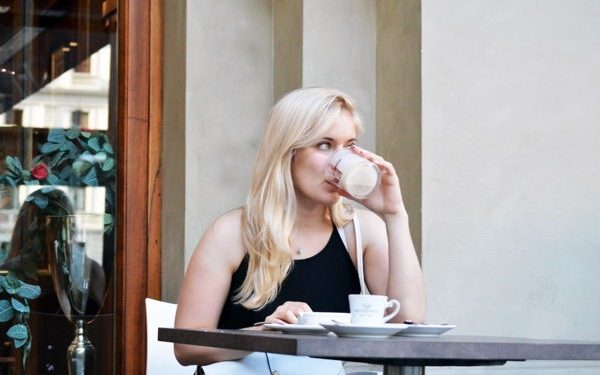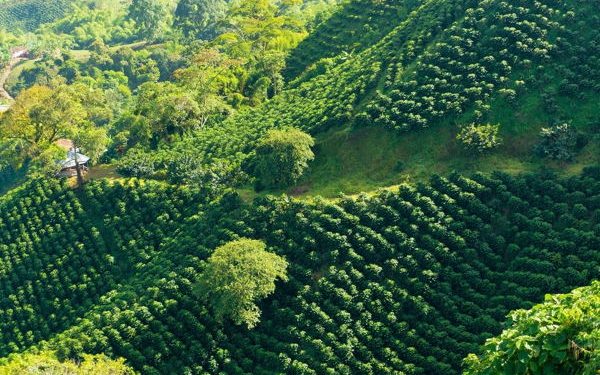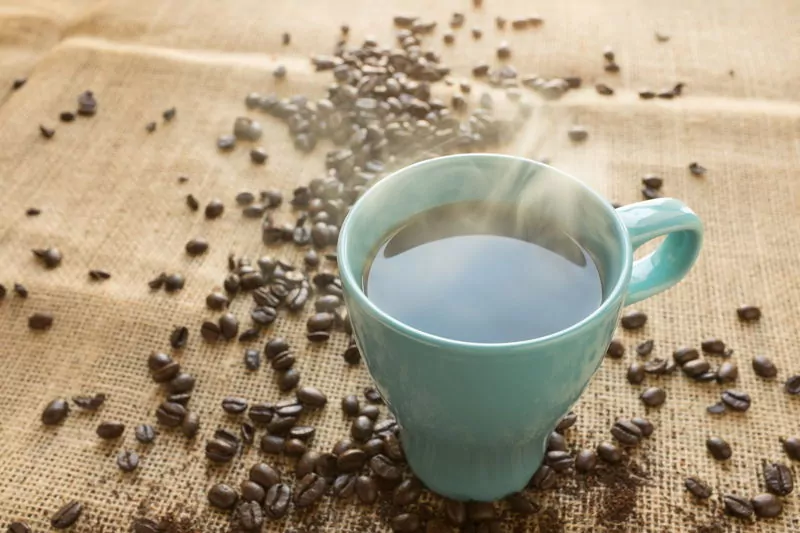This week I’ve managed to interview a very important expert in the world of coffee… Adrian Beales. And I want to share with you his insight into this lucrative agricultural investment so you can learn where in the world coffee investing makes most sense and why you should be tapping into this market… a market that typically offers returns as high as 14%.
Here’s Adrian’s insights into one of the world’s top coffee-producing markets…
Overseas Property Alert: Over 2.25 billion cups of coffee are consumed in the world every day. But I expect you already know this as you’re a coffee expert. Who are the world’s top producers?
Adrian: Brazil is the biggest exporter, then you have Vietnam and Colombia. But they don’t all export the same type of coffee. Brazil exports Robusta, which is used mainly in powdered coffee. It’s quite coarse. Colombia exports Arabica, which is much smoother.
But although Brazil exports the most, recently Colombia traded above Brazil on the markets. The gap between Colombia’s milder Arabica and Brazil’s harsher Robusta is narrowing, and it’s Colombia that you should definitely be keeping your eye on.
OPA: What are your predictions for coffee production this year?
Adrian: I was talking to my colleague the other day and he mentioned that coffee consumption this year is going to be 4 million bags more than last. I agree with him. And the more coffee being drunk—the higher the demand. This is why coffee investing makes so much sense. Finland for example, which ranks the highest in the world for coffee consumption, actually drinks 12 kg per person, per year. That’s a serious caffeine habit to feed.

OPA: Finland? I though the United States would be the highest consumer.
Adrian: Yes, many people think that, but actually the States ranks below a lot of the Scandinavian countries. Americans drink just 400 million cups of coffee per day.
OPA: So, why would you recommend coffee investing?
Adrian: First of all, I recommend agriculture investing because, whilst I’m an advocate for real estate, agriculture provides you with diversification in your investment portfolio.
Products such as coffee also have inelastic demand. People drink coffee daily, and consume caffeine in various other products daily. Whether times are good or bad, people will drink coffee and consume caffeine.
There are multiple revenue streams in coffee investing. Intercropping allows for additional revenue streams, and crops such as corn allow us to use the corn husk as a fuel source, saving money in farm operations.
Of course, once you appreciate the value of agriculture investing in general, you need to decide which crop you want to focus on. For me, it has to be coffee; all the way, hands down. First, there’s huge demand, like we just said. Second, it is quite a robust crop. Tomatoes, for example, are delicate and need more looking after. They are also not very pest and weather resistant. Coffee’s far more robust.
Finally, you don’t wait long to see a return, our farms are yielding now and with improvements they will yield more in the future. With oak timber, for example, it takes a while before you can harvest.
OPA: What sets your Colombia Coffee farm investment out from the rest?
Adrian: First and foremost, the coffee investment we offer is turnkey so investors don’t suddenly need to become farmers and wake up at the crack of dawn every morning. They invest from afar. And what they invest in is a farm that’s 50 times bigger than most Colombian coffee farms; meaning it’s economically more efficient and has the upper hand over its competitors…
Typically, coffee farms are small, so there’s no economy of scale. However, with this investment, we are breaking away from that. Our size means we are adopting a more competitive and efficient business model.
At the moment, we farm 568 acres and 400,000 trees. However, we’re going to plant another 600,000 trees. The land we currently farm is all titled but we are in the process of acquiring more land and have mapped out acquisition targets.
But we want to grow not just in volume. We want to become more efficient, too. Like I say, it’s not that we aren’t efficient at the moment. It’s that we want more. Export profits from roasting are high. Roasting in Colombia is US$1 per pound. If you roast in the United States, for example, it is US$3.75 per pound. So roasting is key to efficiency. We want to not only sell green coffee, but roasted, too. We’re looking to get a 50-50 balance between the two, and that will really boost our efficiency.
Also, we have our own wet processing plant, which we rent out to smaller farmers. Because we own the infrastructure, we have a lot of control and security in our business model.
OPA: When do you think you’ll complete Acquisition Two?
Adrian: It’s hard to say for sure but it won’t be long. We are in the final stages. I’ll let you know as soon as we sign.
OPA: What do you think investors’ returns are going to be on this project?
Adrian: I can’t give you those figures right now, but I will let you know. I think minimum investment will be under US$60,000 and returns should be over 14%. But like I say, I can’t give you the exact figures right now.


